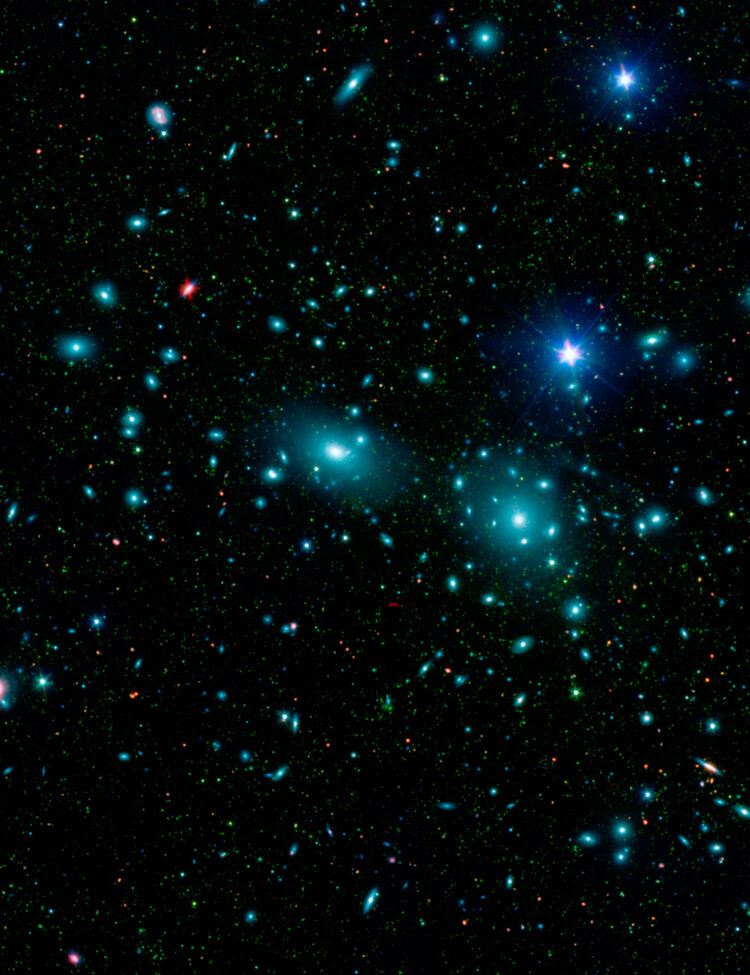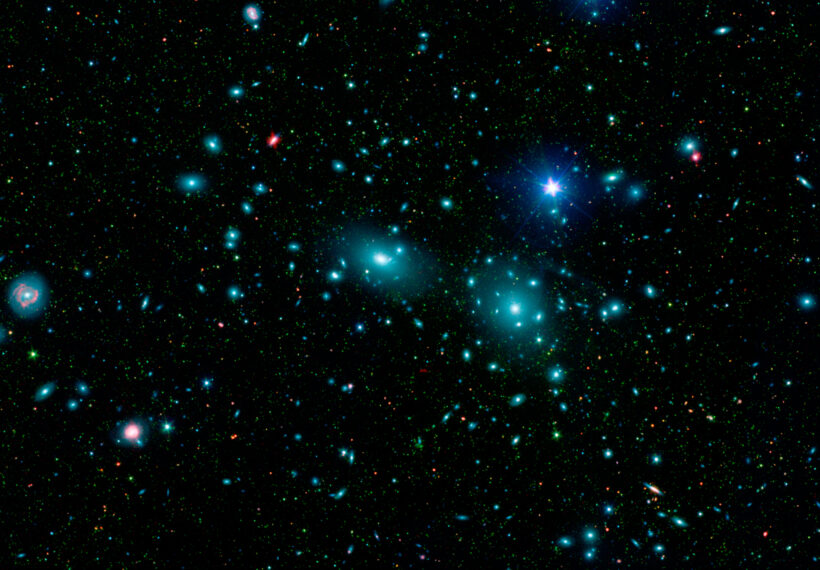About This Episode
What is nothing? Does nothing exist? Neil deGrasse Tyson and comedian Chuck Nice explore cosmological curiosities about the end of the universe, dark matter, and more!
What happens in an expanding universe where galaxies get too far away from each other? Is there a way to survive a Big Rip? If matter only takes up 5 percent of the universe, are we the anomaly? We discuss the Copernican principle and whether we are special. Could we be in a cycling universe that expands and collapses or is expansion just a one way trip?
Does dark matter interact with anything beside gravity? Could it be possible for humans to create a black hole in order to study it? How big would an Earth-mass black hole be? Why do galaxies in the universe form a sponge structure when everything else creates disks? Learn about the Coma Cluster and how it helped us discover dark matter.
What would someone looking at us from 65 million light years see? What is nothing? We discuss the definition of nothing and whether we can wrap our heads around the concept. And finally, we explore The Matrix and whether our robot overlords could use humans as energy.
Thanks to our Patrons Matej Dvonč, Robert Weaver, David Lindberg, Denis, Jesus Hernandez, and Jack Reeves for supporting us this week.
NOTE: StarTalk+ Patrons can listen to this entire episode commercial-free.




 Unlock with Patreon
Unlock with Patreon

 Become a Patron
Become a Patron